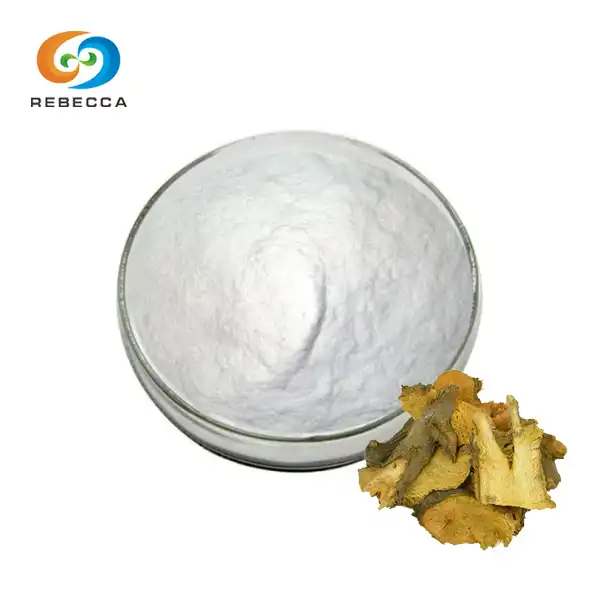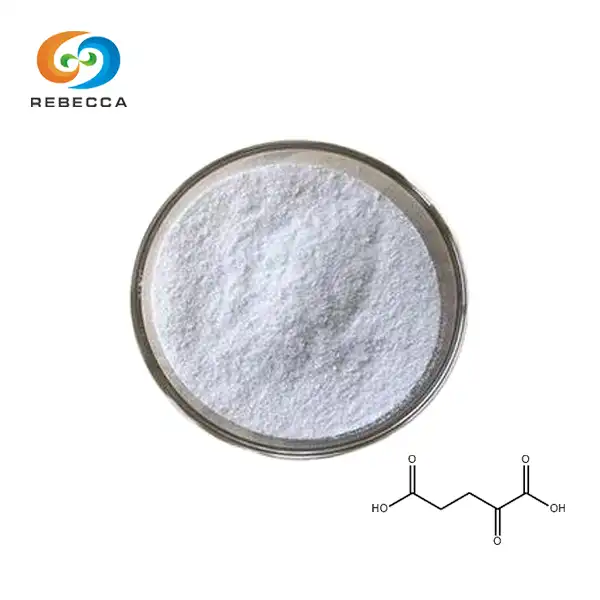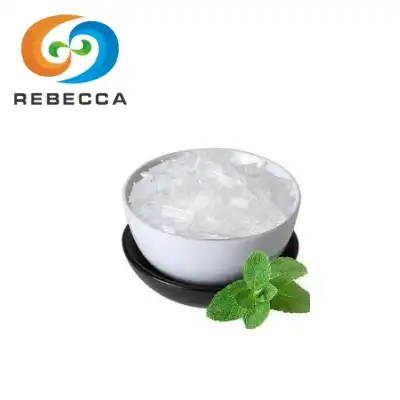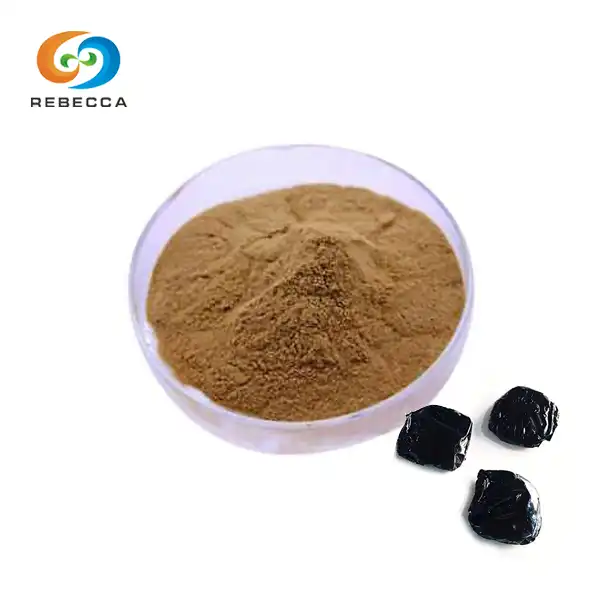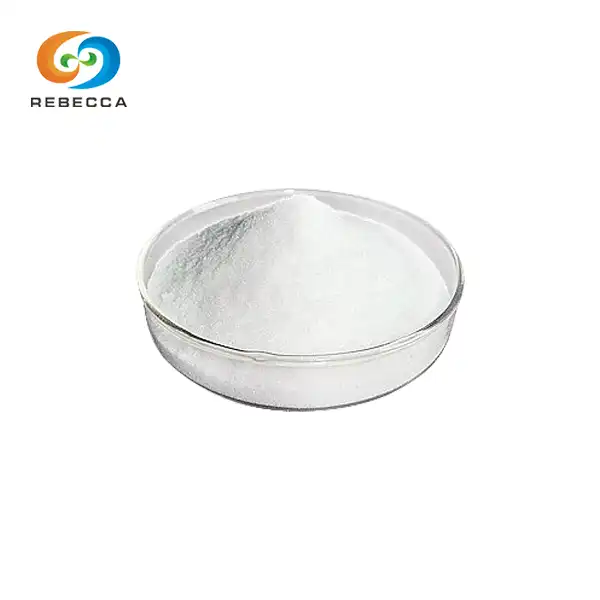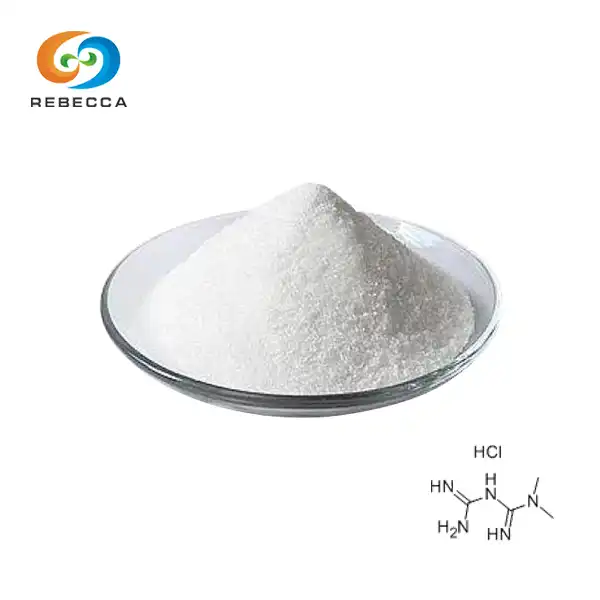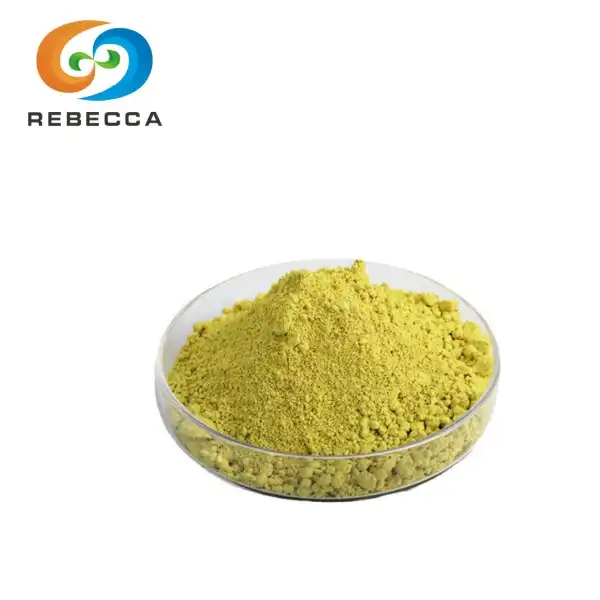Alpha Lipoic Acid For Skin Whitening
Alpha lipoic acid (ALA), a naturally occurring antioxidant with both fat-soluble and water-soluble properties, has gained attention in the skincare industry for its potential to enhance skin brightness and address pigmentation concerns. While not a traditional skin-bleaching agent, ALA works through multiple biological pathways to improve skin tone, making it a valuable ingredient in formulations designed for gradual, natural-looking brightening. Derived from both dietary sources and synthetic production, alpha lipoic acid powder serves as the foundational component in many topical skincare products, celebrated for its stability, potency, and ability to integrate seamlessly into diverse formulations. This article explores how ALA contributes to skin whitening, the evidence supporting its use, and the practical applications of its powdered form in modern cosmetics.

Mechanism Of Action Of A-Lipoic Acid In Skin Whitening
Alpha lipoic acid (ALA), a naturally occurring compound celebrated for its dual solubility, both fat-soluble and water-soluble, has emerged as a compelling ingredient in skincare, particularly for its potential in skin whitening. This unique property allows ALA to penetrate deep into the skin layers, addressing pigmentation issues at their source. The mechanisms by which ALA influences skin tone are multifaceted, involving antioxidant activity, regulation of melanin metabolism, and synergistic interactions with other bioactive compounds.
At the core of ALA's efficacy is its powerful antioxidant capacity. As an antioxidant, ALA neutralizes reactive oxygen species (ROS), which are generated in response to environmental stressors like ultraviolet (UV) radiation. Excessive ROS levels trigger oxidative stress, a condition that not only damages skin cells but also activates melanocytes—the cells responsible for producing melanin. By reducing oxidative stress, ALA indirectly curbs the overactivation of melanocytes, preventing the excessive production of melanin that leads to hyperpigmentation, such as sunspots and age spots. This antioxidant action also plays a role in reducing inflammation, a common contributor to post-inflammatory hyperpigmentation (PIH), where inflamed skin produces excess melanin as part of the healing process.
ALA's impact on melanin metabolism is another critical pathway. Melanin synthesis is a tightly regulated process involving the enzyme tyrosinase, which converts tyrosine into melanin. Studies have shown that ALA can inhibit tyrosinase activity, thereby slowing down the production of melanin. Additionally, ALA influences the transfer of melanin granules from melanocytes to keratinocytes, the most abundant cells in the epidermis. By reducing this transfer, ALA helps prevent the accumulation of melanin in the upper skin layers, leading to a more even skin tone. Furthermore, ALA promotes the exfoliation of dead skin cells, accelerating the removal of pigmented keratinocytes and revealing fresher, less pigmented skin beneath.
The compound also demonstrates synergistic effects when combined with other skincare ingredients. For instance, pairing ALA with vitamin C (ascorbic acid) and vitamin E (tocopherol) creates a robust antioxidant network that enhances free radical scavenging and boosts collagen synthesis, improving both skin texture and tone. Similarly, combinations with glutathione or niacinamide further amplify its ability to inhibit melanin production and promote skin brightening, making ALA a versatile component in multi-ingredient formulations.

Actual Application Effects And Research Support
Clinical studies and real-world applications have provided valuable insights into the efficacy of ALA in skin whitening and overall skin type improvement. While ALA is not a traditional "skin-bleaching" agent, its role in brightening the complexion and reducing pigmentation irregularities has been consistently observed. Most research focuses on topical formulations containing ALA, typically at concentrations between 5% and 10%, applied daily over several weeks.
One notable study published in the Journal of Cosmetic Dermatology evaluated the effects of a 10% ALA serum on subjects with photoaged skin. After 8 weeks of use, participants showed a significant reduction in dark spots and an improvement in skin radiance, attributed to both the antioxidant benefits and the regulation of melanin distribution. Another investigation in the International Journal of Cosmetic Science highlighted ALA's effectiveness in reducing post-inflammatory hyperpigmentation, particularly in individuals with sensitive skin, where its gentle action was well-tolerated compared to more aggressive whitening agents like hydroquinone.
It is important to note that the effects of alpha lipoic acid on skin tone are gradual and cumulative, requiring consistent use to observe noticeable changes. Unlike instantaneous whitening treatments, ALA works by improving the skin's overall health and reducing the factors that contribute to pigmentation, leading to a more natural and long-lasting brightening effect. This makes it an ideal choice for individuals seeking to address subtle skin discoloration or prevent future pigmentation issues, especially those who prefer gentle, science-backed ingredients.
Safety is another key advantage of ALA. The compound has a low risk of adverse reactions, with most reported side effects being mild and transient, such as slight tingling or redness, typically experienced by those with extremely sensitive skin or when using overly concentrated products. No significant systemic toxicity has been associated with topical ALA use, and it is generally considered safe for long-term application. However, as with any new skincare ingredient, it is recommended to perform a patch test before full-face use and consult a dermatologist if pre-existing skin conditions are present.

Product Form: Alpha Lipoic Acid Powder
Alpha lipoic acid powder is the pure, unformulated form of the compound, valued for its high potency and versatility in cosmetic and pharmaceutical applications. Rebecca Bio-Tech offers alpha lipoic acid powder with a minimum purity of 99%, as confirmed by high-performance liquid chromatography (HPLC), a precise analytical method that ensures the absence of contaminants and consistent quality. The powder appears as a light yellow to yellow crystalline substance, soluble in organic solvents, which makes it easy to incorporate into various topical formulations.
When used in skincare products, the powder is typically dissolved or dispersed in creams, serums, lotions, and masks. Its dual solubility allows it to penetrate both the lipid-rich and water-based layers of the skin, ensuring comprehensive antioxidant protection and targeted action on melanin-producing cells. Formulators often combine ALA powder with other active ingredients, such as hyaluronic acid for hydration, retinol for collagen stimulation, or natural plant extracts for additional anti-inflammatory benefits, creating synergistic products that address multiple skin concerns simultaneously.
For consumers, products containing alpha lipoic acid powder offer a science-driven approach to skin whitening and anti-aging. These formulations are widely available over the counter, with options suitable for different skin types, including dry, oily, and sensitive skin. To maximize efficacy, it is recommended to use ALA-based products as part of a daily skincare routine, preferably in the evening, to allow the ingredient to work overnight without interference from environmental stressors. Pairing them with a broad-spectrum sunscreen during the day is essential, as sun protection not only prevents new pigmentation but also preserves the results achieved through ALA's actions.
Rebecca Bio-Tech's powder meets the highest industry standards, ensuring reliability and performance in both research and commercial formulations. Whether used in clinical settings for targeted pigmentation treatments or in everyday skincare for gradual brightening, the powder's purity and stability make it a trusted choice for formulators and brands aiming to deliver effective, safe products to their customers.
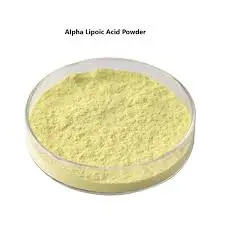
Rebecca Is Alpha Lipoic Acid Powder Supplier
For formulators, researchers, and businesses seeking a high-quality alpha lipoic acid powder, Rebecca Bio-Tech provides a reliable source. Our product, characterized by 99% purity, HPLC testing, and a light yellow to yellow crystalline appearance, is designed to meet the rigorous demands of cosmetic and pharmaceutical applications. Whether you are developing serums, creams, or other topical formulations, our powder offers the potency and consistency needed to create effective skin whitening and anti-aging products.
To learn more about our alpha lipoic acid or to place an order, please contact us at information@sxrebecca.com. Our team is dedicated to providing detailed product specifications, technical support, and customized solutions to meet your specific needs. Trust Rebecca Bio-Tech for premium ingredients that combine scientific excellence with practical skincare benefits.
References
1. Journal of Cosmetic Dermatology. (2018). "Effects of Alpha Lipoic Acid on Melanogenesis in Human Epidermal Melanocytes."
2. International Journal of Cosmetic Science. (2020). "Clinical Evaluation of a Topical Alpha Lipoic Acid Serum on Skin Tone and Texture."
3. Dermatologic Surgery. (2019). "Synergistic Antioxidant Effects of Alpha Lipoic Acid and Vitamin C in Photoaged Skin."
